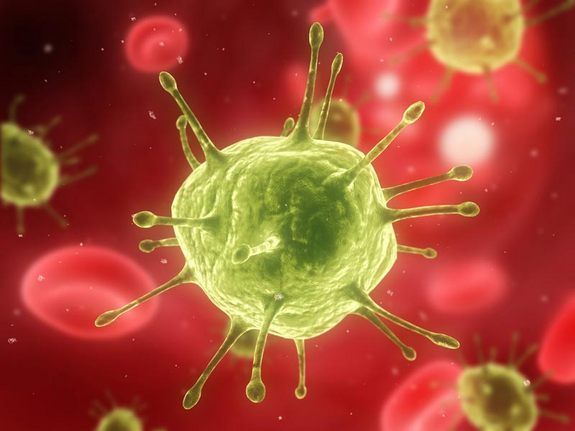100 Years of Infectious Disease Deaths in US: Study Shows What's Changed

We've come a long way in treating infectious diseases over the last century, but in recent decades, the rates of death from some infectious diseases have actually increased, according to a new study.
The researchers analyzed information on deaths from infectious diseases in the United States from 1900 to 2014.
Overall, the death rate from infectious diseases dropped from about 800 deaths per 100,000 people in 1900 to 46 deaths per 100,000 people in 2014, the study found. The death rate declined almost continuously from 1900 to 1950, except for a spike in deaths in 1918 due to an outbreak of influenza known as the "Spanish flu pandemic."
The rate has been relatively level since 1950, but there have been some ups and downs. For example, from 1980 to 1995 — around the time of the HIV/AIDS epidemic — the overall death rate from infectious diseases increased from 42 deaths per 100,000 people to 63 deaths per 100,000 people, the researchers found. [27 Devastating Infectious Diseases]
Deaths from HIV/AIDS increased from zero deaths in 1980 to more than 15 deaths per 100,000 people in 1995, the researchers said. (HIV/AIDS was first detected in the United States in 1981.) After 1995, when the first HIV treatments were developed, deaths from the disease dropped dramatically to fewer than 5 deaths per 100,000 people per year.
Deaths from infections transmitted by insects, known as vector-borne diseases, also increased slightly in recent decades, rising from 2 deaths per 10 million people in 1980 to 5 deaths per 10 million people in 2014. This increase was mostly due a rise in deaths from West Nile virus, which first emerged in North America in 1999, according to the study.
And deaths from the difficult-to-treat diarrheal illness Clostridium difficile have also increased recently, from zero deaths in 1980 to more than 2 deaths per 100,000 people in 2014.
Sign up for the Live Science daily newsletter now
Get the world’s most fascinating discoveries delivered straight to your inbox.
Deaths from diseases that can be prevented with vaccines decreased from about 2 deaths per 100,000 people in 1980 to less than 1 death per 100,000 people in 2014, according to the study.
Today, the biggest infectious disease killers in the United States are pneumonia and the flu, which are responsible for nearly 40 percent of all deaths from infectious diseases. The death rate from pneumonia and flu remained at about 17 deaths per 100,000 people from 1980 to 2014, the study found.
"These trends illustrate the continued U.S. vulnerability to infectious diseases," the researchers wrote in their study, published in today’s (Nov. 22) issue of the journal JAMA.
Original article on Live Science.

Rachael is a Live Science contributor, and was a former channel editor and senior writer for Live Science between 2010 and 2022. She has a master's degree in journalism from New York University's Science, Health and Environmental Reporting Program. She also holds a B.S. in molecular biology and an M.S. in biology from the University of California, San Diego. Her work has appeared in Scienceline, The Washington Post and Scientific American.

The US is having its most active flu season in 15 years

The exceptionally rare disease that causes holes to form in your brain
